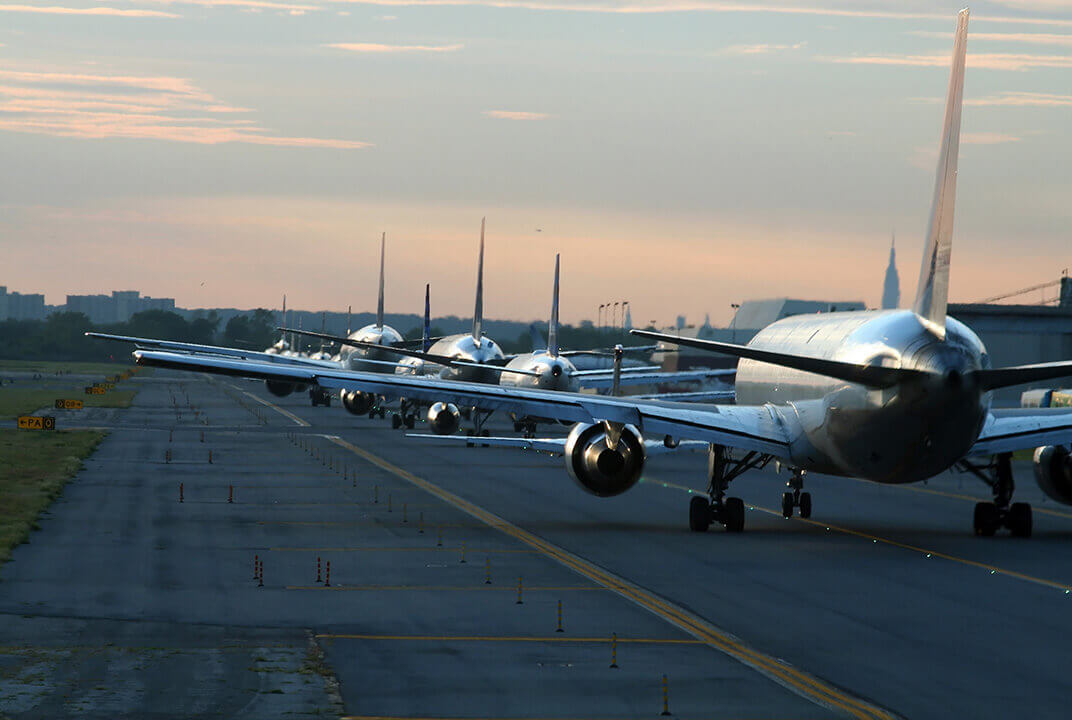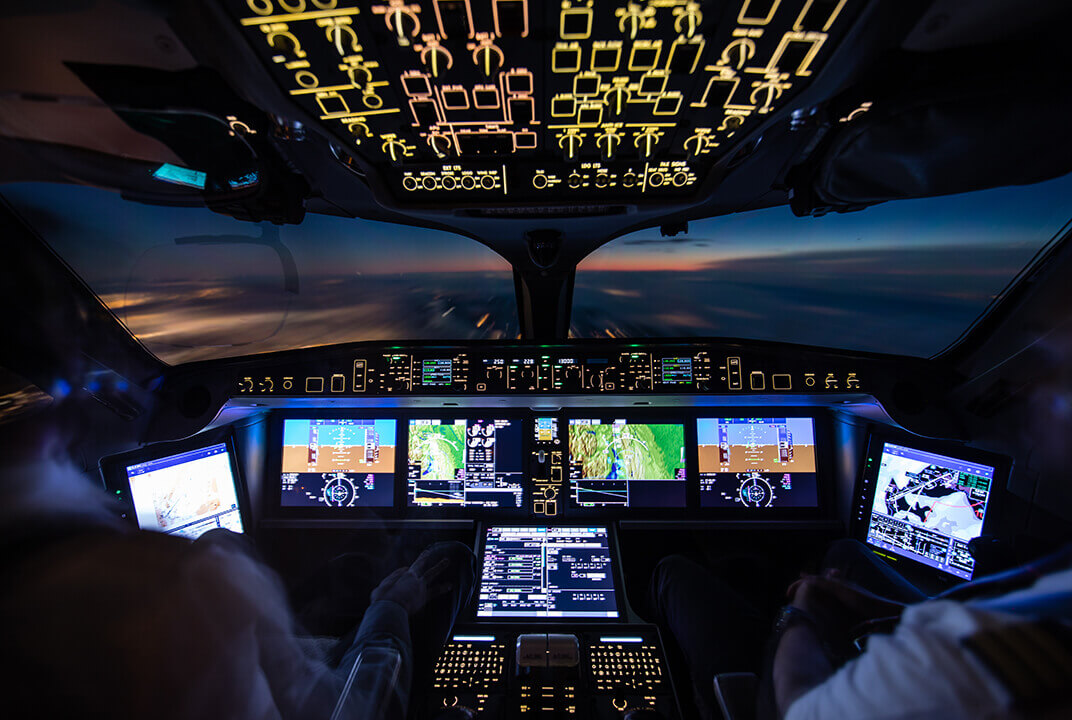Insight | Plotting the route to a greener future
Plotting the route to a greener future
Aviation
In October 2021, members of the International Air Transport Association (IATA) approved an ambitious resolution, committing to achieving net-zero carbon emissions by 2050. The commitment aligns with the Paris Agreement goal to keep global warming below 1.5°C, but the scale of the challenge is enormous. Reaching net-zero implies that a cumulative total of 21.2 gigatonnes of carbon will be abated between now and 2050, equivalent to around three-fifths of global carbon emissions from all sources in 2019.
Aviation has long been recognised as an especially difficult sector to decarbonise due to the lack of suitable substitutes for fossil jet fuel. Sustainable aviation fuel (SAF), hydrogen, and batteries are promising solutions for achieving “deep” emissions reductions in the long term, but they won’t arrive at scale overnight. As for “immediate” reductions, the industry has only two practical options: fly less, and/or make current flight operations more efficient.
This paper focuses on how to make current flight operations more efficient
And specifically on how satellite communications can enhance the efficiency of individual operations and the air traffic system as a whole. The upshot: Satcom can enable marginal emissions reductions today, while laying the groundwork for significant reductions in the future. If aviation is to meet its climate goals while continuing to deliver broad benefits to the global economy, connectivity will be essential.
The paper covers the following topics
- Room for improvement
- Tangible benefits
- Time-based management
- Creative solutions
- A sustainable future


